RMB Latitudes takes place from May 26-28 at Shepstone Gardens in Mountain View in Johannesburg. This year the fair is joined by openStudios.Joburg on May 27-28 with 10 artist studios and spaces open across the city. Tickets for RMB Latitudes are limited so we suggest you book here soonest.
The team at Joburg's newest art fair, RMB Latitudes 2023 have loads of experience in the art world. They also have a unique venue in Shepstone Gardens, and this indoor-outdoor fair has extended lots of thought to not only setting up this impressive space to deliver the experience, but to each aspect of the fair's curation. RMB Latitudes 2023 promises to bring an experiential approach to what has become the traditional art fair with special attention paid to how visitors will move through the space and what they will take from it. To give you an idea of what to expect, we talked to the key players behind RMB Latitudes 2023. Here's what they had to say.

Roberta Coci – Co-Director of RMB Latitudes and Latitudes Online
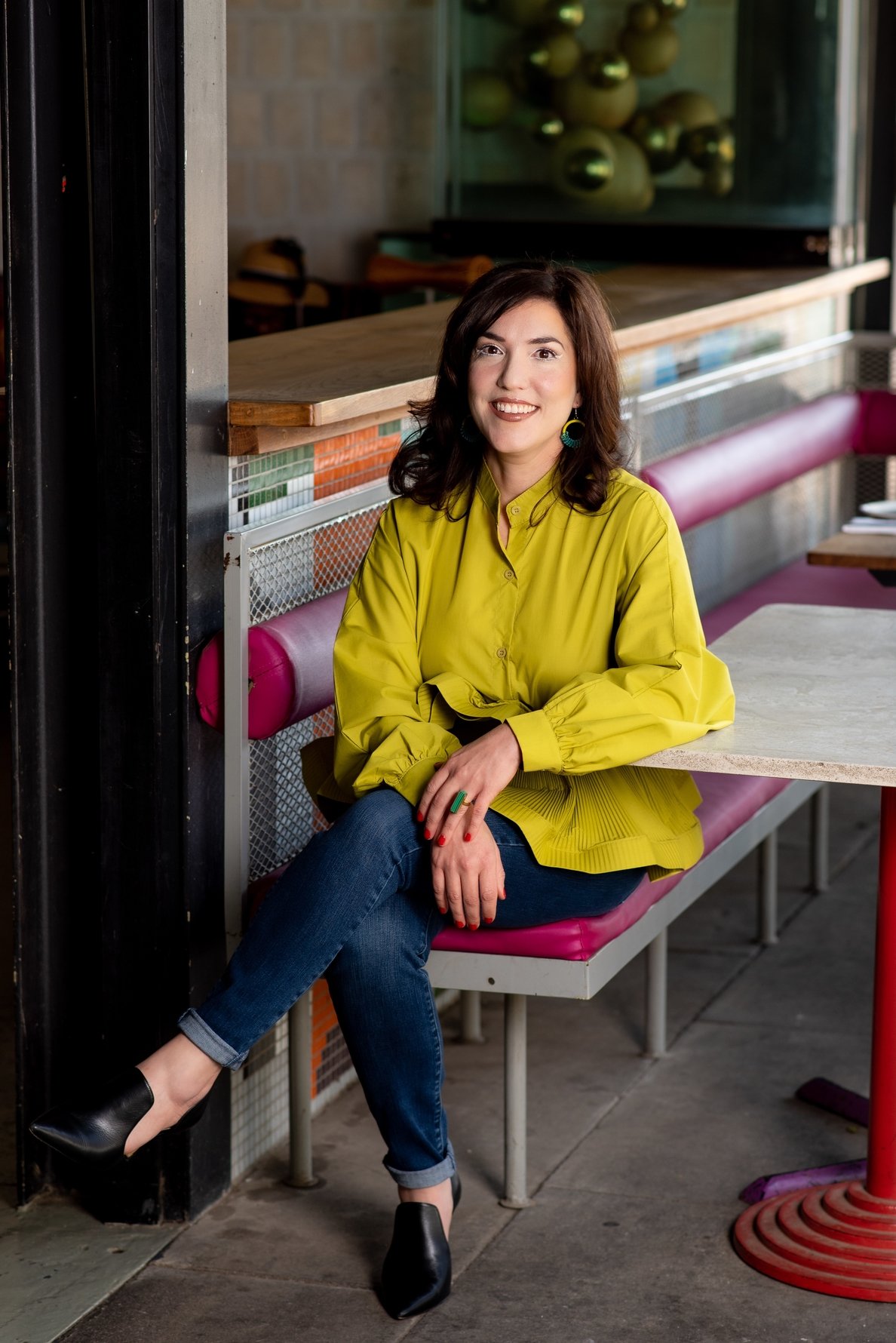
How has your experience in curating gatherings around food, culture, design and art shaped your plans for RMB Latitudes Art Fair?
I am passionate about curating specialised food and wine events in Johannesburg, which I have done for over a decade, from years of curating the Sanlam Handmade Contemporary Fair in Hyde Park to running the Pantry Market at Keyes Art Mile. I have a great respect for the creativity in these industries and I love to create platforms for culinary creators to share their wares. The food and wine elements of an event are crucial to encouraging visitors to stay longer, delve deeper, and truly engage with the content. For RMB Latitudes 2023 I have curated a culinary offering to appeal to art enthusiasts, and those who have a taste for the finer things in life.
What aspects of the experience will make this a unique Joburg event?
We have partnered with Franschhoek Wine Valley, who will fly 12 of their top vignerons to the event to share their top wines and bubblies with our audience. We are also working closely with sustainable chef James Diack, who has put together an incredible menu, from his renowned wild-boar ragu pasta to fresh salads, burgers, soups and more. Diack will be producing organic, fresh and ethically created food for the duration of the event, much of which is being grown on his organic family farm, Brightside, just 80km from the Fair. Of course, the spectacular venue serves as the perfect backdrop to this celebration of art, food and wine.
"There is a lingering perception that art is a formal experience, and that one needs to be serious and contemplative while engaging with it. I disagree with this and believe that there are few things more joyous than engaging with art."
What are the challenges of staging an art fair at Shepstone Gardens?
This venue was never intended for an art fair, so the challenges have been immense. But I have always subscribed to the ethos that the biggest challenges present the biggest opportunities. While a convention centre is purpose-built to host exhibitions and conferences, we've had to be incredibly imaginative when designing over 40 spaces for galleries within gardens, parking lots and giant halls with no walls. The result is that visitors will be able to discover and explore art in all corners of the unique venue, as they wander through marble halls, secret gardens and rooftop pavilions. It's going to be a very special experience.
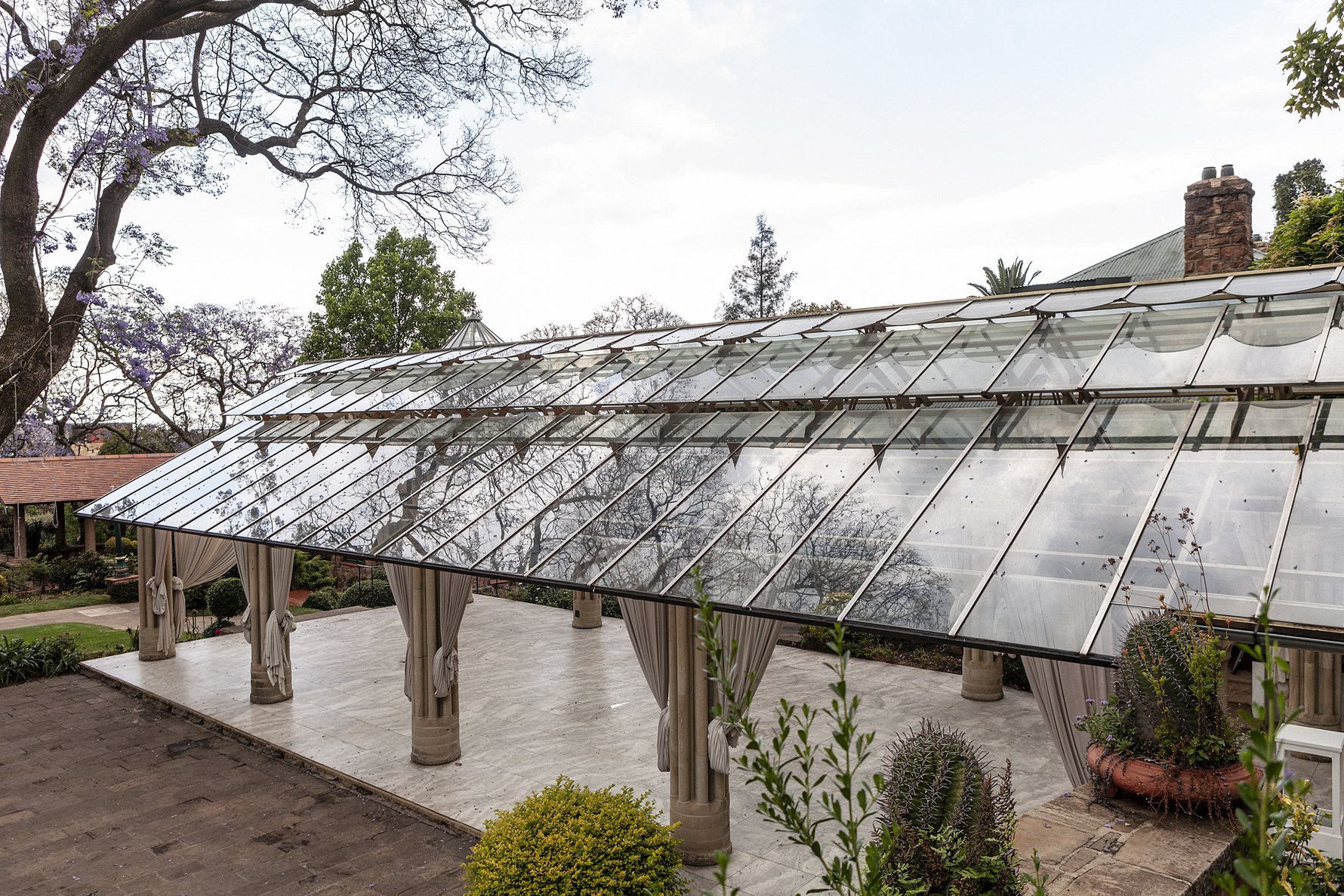
How does this space change the art fair experience?
There is a lingering perception that art is a formal experience, and that one needs to be serious and contemplative while engaging with it. I disagree, and believe that there are few things more joyous than engaging with art. Which is why we have curated this experience in a way that encourages people to have fun, explore, be inspired, and ultimately, walk away feeling a sense of great joy.
Nkhensani Mkhari – Curator of RMB Latitudes 2023 special projects
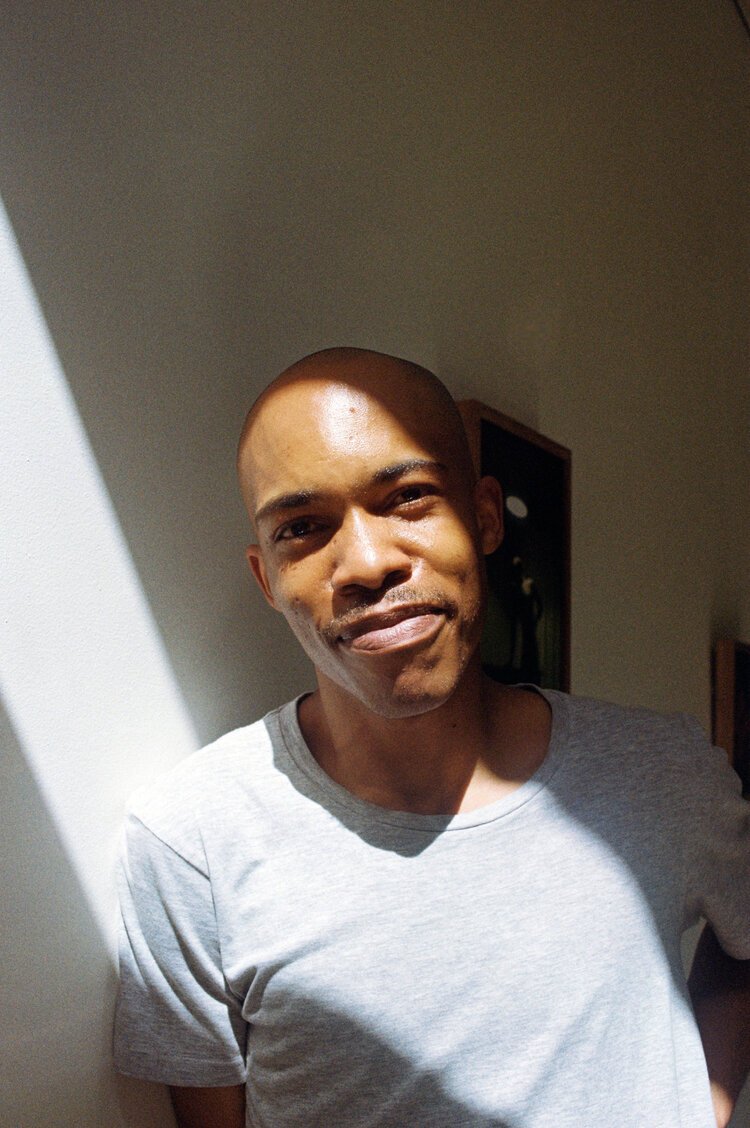
It’s unusual to have independent artists featured at an art fair (usually they must be represented by galleries). Why has RMB Latitudes chosen to do this?
Latitudes has always supported independent artistic practices through our art fair and digital platform. The RMB Latitudes INDEX project is a direct result and reflection of this; by creating new models, we are able to foster care and offer space to independent artists who are often left on the periphery of art fairs.
"[This exhibition] is an opportunity to see the world in a different way and to question our own understanding of reality."
You chose the theme Coemergence for this fair. What does it mean and how will it be displayed?
Coemergence forms the curatorial theme for the RMB Latitudes INDEX and International Galleries section. The staging explores the concept of the absolute, and its relationship to form and non-being in the African and diasporic context. Through the works of various artists, we delve into the idea that all forms possess a sense of insubstantiality and lightness and that they are all equal... This exhibition challenges the traditional understanding of substance and invites viewers to question their own cognitive filters and perception of reality. It is a thought-provoking and paradoxical exploration ... [and] an opportunity to see the world in a different way and to question our own understanding of reality. It is a journey to the absolute and back again.
Tell us about this and how your time outside South Africa has shaped your ideas about what RMB Latitudes will present?
South Africa has a notably strong art market, but the country struggles with a waning art ecology. I attribute this to the continued lack of state support for the arts across the social value chain. In developed countries, this isn't a problem as the state supports the arts as a pillar of a functional society. What RMB Latitudes is doing with regards to the special projects I'm curating is filling this vacuum by creating a new model that offers artists a platform.
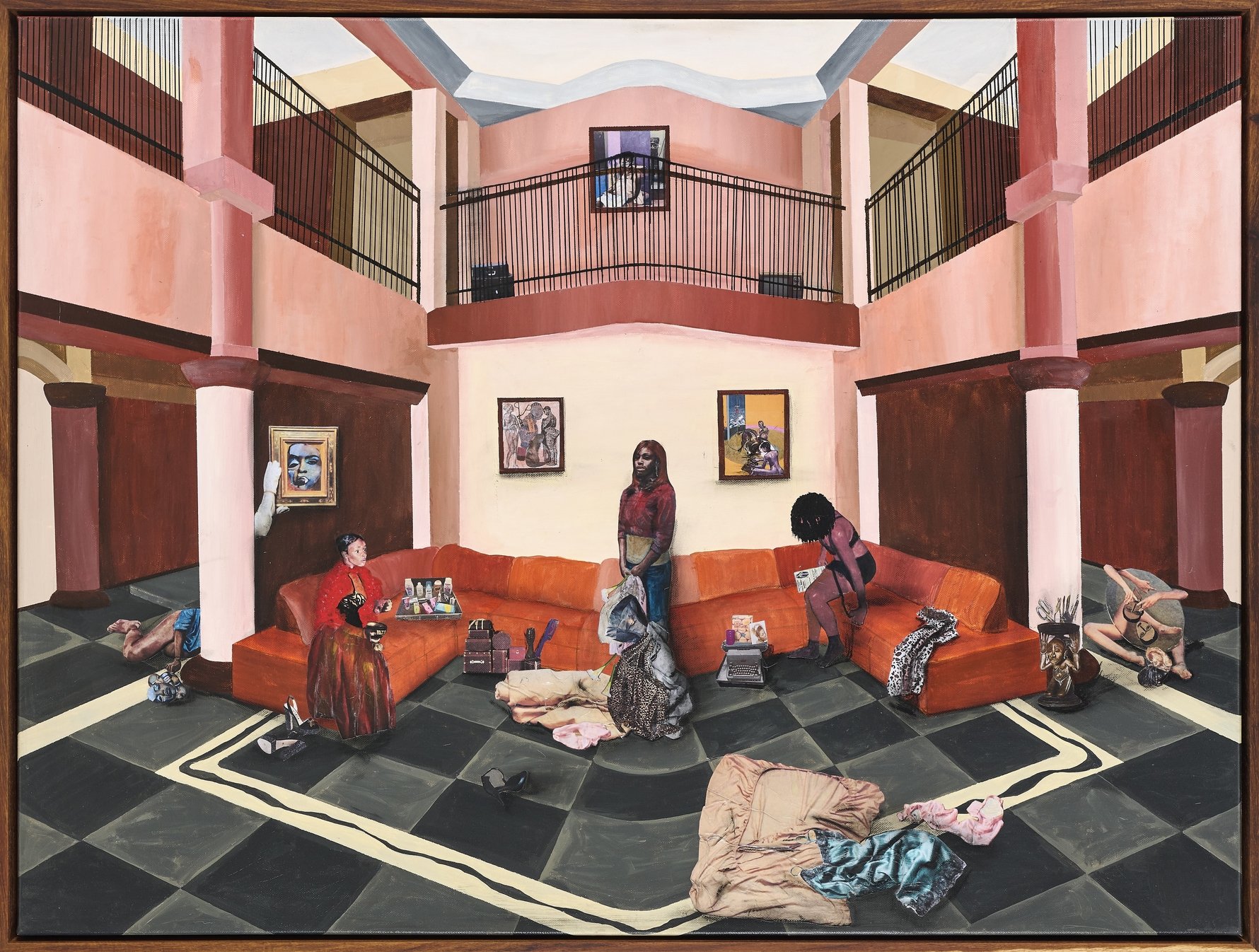
Essay brings together the work of three artists. Who are they, why did you choose them?
Essay is a three-person staging featuring the works of Sam Nhlengethwa, Cinthia Mulanga, and Katlego Tlabela. Nhlengethwa's work acts as a point of departure for this staging, His depictions of interior scenes offer a nuanced and insightful perspective on the everyday lives of South Africans and the complex social and cultural dynamics that shape their experiences. Mulanga and Tlabela's works reflect this from a different vantage point, offering a fresh perspective on the complex social and cultural dynamics that shape their own experiences in the new South Africa.
You mentioned the concept of biennale rather than fair as something that defines RMB Latitudes. Tell us more about this.
Biennales are more often than not set in non-traditional exhibition venues. Shepstone Gardens is unique in the sense that it doesn't easily accommodate traditional modes of exhibition display like a gallery or museum would. This creates opportunity for experimentation and play. Moreover, the ambience of the space is conducive to fostering a sense of openness and freedom, both indoors and outdoors, allowing us to offer a range of immersive experiences for visitors.
Carolynne Waterhouse – Rand Merchant Bank, sponsor of RMB Latitudes 2023
Why fund an art fair?On a light note – when leaving an art fair, unlike sponsored sport, no side goes home having lost! More seriously,,as a legacy talent brand, RMB seeks out, nurtures and rewards talent. RMB Starlight Classics has been driven by this purpose for 25 years, helping to set up exceptional musical talent for further success, both here and abroad. RMB Latitudes as a physical fair in an excitingly accessible destination, will also do just that, giving artists and galleries access to new learners, appreciators and collectors. And the art fair audience will experience a wonderful range of art in a unique Joburg destination they may never have visited. It promises optimism and magic all round for adults and children alike.
The creative arts in general, and the visual arts in this instance, are powerful communication tools, easily crossing international borders and other social and language divides. Creativity attracts emotional responses and ignites debates capable of driving positive transformation. The arts also capture and record history and not being edited by the leadership of the day, are often a vital source of historical accuracy, especially when reflecting and communicating the true spirit of a time.
“We don’t want another art fair in Sandton”, you said. What is the significance of having an art fair in a space not usually designated for corporates?
In planning this physical fair partnership with the Latitudes team, accessibility and venue intrigue were factors which made Shepstone Gardens appealing, and we feel sure that guests will be enchanted by the destination and its extensive creative spaces. The early Winter gardens and the selection of Franschhoek wines will make the exploration of art that much more exciting. Ample secure parking has been addressed through a shuttle service from Old Edwardians and visitors are also encouraged to use Uber to get to this worthwhile treat for all the senses, in Hope Road.

"After all, the creative arts in general, and the visual arts in this instance, are powerful communication tools, easily crossing international borders and other social and language divides."
You mentioned RMB has a mission to find “uplifting experiences”. Tell us how this relates to the fair?
Shepstone Gardens spans three acres located along Hope Rd, which feels like an optimistically uplifting location for starters. The indoor/outdoor nature of this art fair should surprise and delight visitors who have become used to standard white cubicles as the backdrop for most art fairs. The eclectic nature of the sandstone buildings and glass marquee, alongside traditional stone homesteads, makes this fair more of a destination event.
Sara Hallatt – Founder of OpenStudios.Joburg, a partner of RMB Latitudes Art Fair 2023
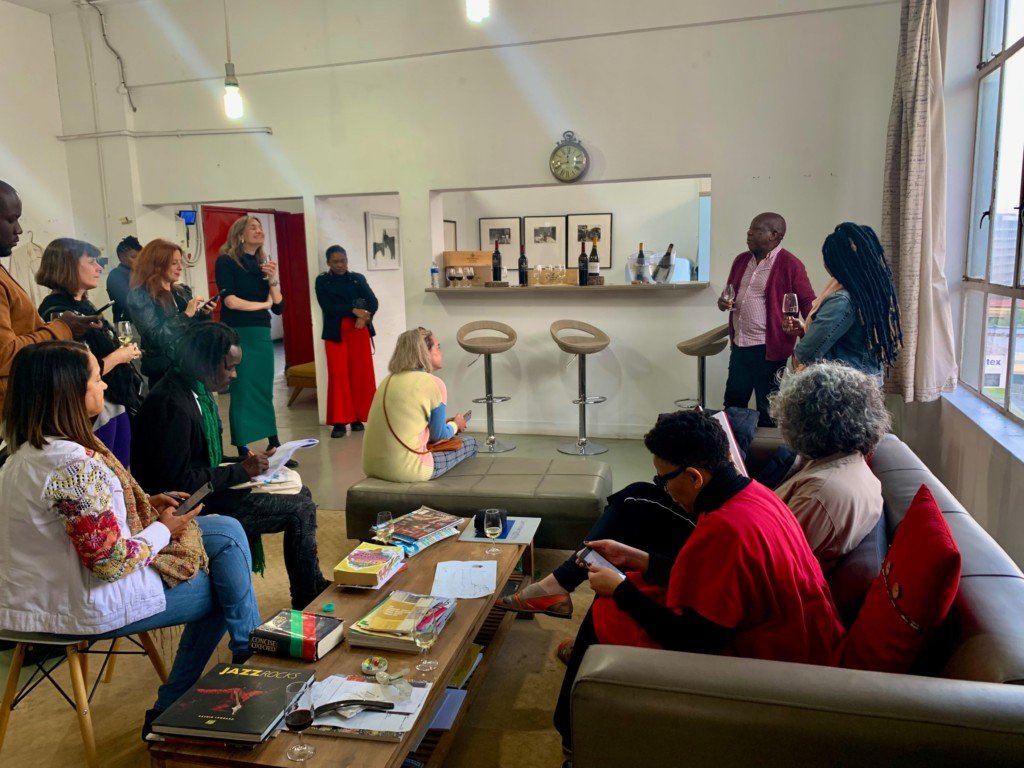
What made you want to align Open Studios Joburg with RMB Latitudes Art Fair?
OpenStudios.Joburg is built from a place of collaboration and inclusion. We were excited when we heard that we would be sharing the same weekend with RMB Latitudes Art Fair. We look forward to presenting the denizens of Johannesburg with a wide variety of visual arts experiences.
Why do you think is it important to showcase artists at work in their studios?
The artist studio space is a magical world, filled with research, thinking, experimentation, duds and masterpieces. OpenStudios.Joburg hopes to inspire audiences by sharing this world with them. There are also a large number of independently practising artists who participate in OpenStudios.Joburg. This allows audiences to see work from a wider variety of artists.
Most people will never see where their artwork was produced – what are the challenges, and or benefits, of bringing the artist and the potential buyer into such close contact?
While the world might portray artists as outgoing extroverts, most of them are solitary creatures. For many of them, putting themselves, their work and their working space on the line and out in the public requires a lot of energy – as such, we only do this event once a year. Our hope is that the buyer will start to better understand the modes of production and how to respect the workings of an artist. There is a natural tension between what a buyer wants and what an artist creates. We hope that the buyers encounter artists that they like and enjoy. We also hope that a level of mutual respect develops between both parties. For the artists, OpenStudios.Joburg presents a unique opportunity for them to build a stronger and larger audience base for their work.
Why are artists attracted to studio space in the inner city?
The inner city has a never-ending energy that feeds the creative process. Artists are typically not scared. They like a little bit of chaos and the freedom it presents. All over the world, artists are found in strange and often somewhat dingy spaces. This however should not deter audiences from visiting. Once you are inside the studio buildings, you will experience the inspiration for creativity – and who doesn’t need more inspiration in their lives?
In the absence of formal support for artists in Joburg, what’s your role in fostering spaces for artists to flourish?
OpenStudios.Joburg has selected some of the most interesting and dynamic spaces in the inner city that range from being functional to downright fancy. Many of these spaces have been operating for decades. Our aim is to help these spaces develop a stronger and more supportive audience base that would be encouraged to attend other activities during the course of the year. OpenStudios.Joburg believes that Joburger’s are naturally curious and creative. By taking an audience-centric approach, we want them to allow themselves to express this creativity. On a more practical note, any sales made on the day will go directly to the artists or the organisation that houses the artists. Later in the year, OpenStudios.Joburg will host a training workshop for artists in order to develop entrepreneurial skills.
Valerie Kabov – Advisor for the International Galleries Programme
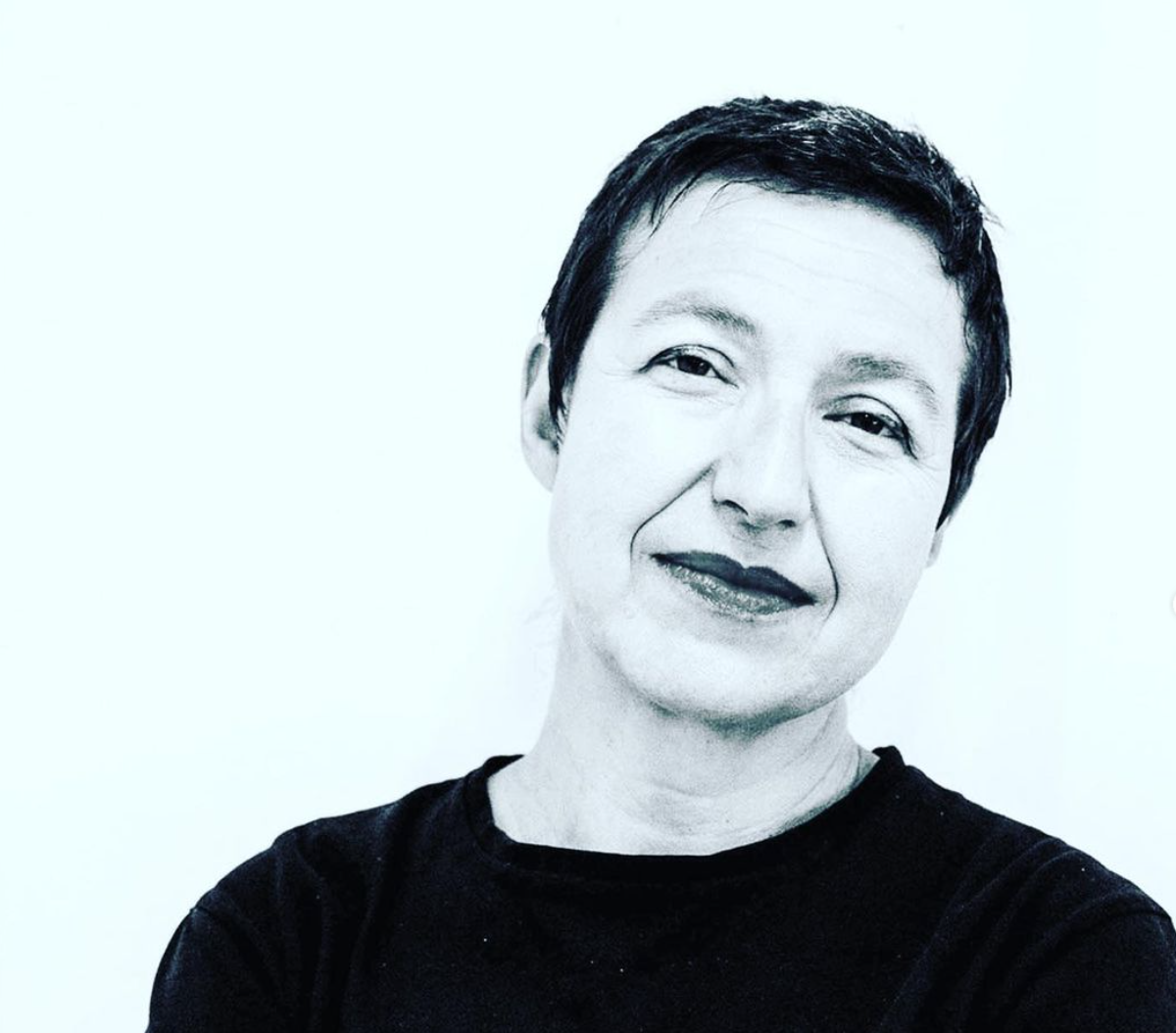
RMB Latitudes is a Joburg fair. How will it talk to the African diaspora?
Why is an art fair in Africa obligated to 'speak to the African diaspora'? The primary role of an art fair is to speak authentically to its foundational core audience, which is the audience in the place it is and to respond to its needs and concerns.
What are the top three destinations in Africa to visit for their art scene?
I cannot speak comprehensively to the continent, because I have not been to every country. Out of the cities I have been to, which include Luanda, Nairobi, Windhoek, Cape Town, Johannesburg, Maputo, Tunis, Accra and Dar Es Salaam I think that Harare is a top destination for art for sheer international quality talent per square kilometre. I think Accra is also incredibly dynamic and Johannesburg and Cape Town would be on par in terms of access to emerging art, which is something in which I am particularly interested.
There is no shortage of African artists. What do you think needs to happen to create more African buyers of art by Africans on the continent or across the diaspora?
I think we are at a very exciting moment in African contemporary [art], which is the rise of local collectors. The key issue to building local collectors is opportunity for meaningful and supportive engagement. There are many younger aspirational collectors, who are interested in art and are following international growth of African contemporary art with enthusiasm but are not always feeling welcome in older conservative collector circles or in galleries where they are not seen as likely prospects, and therefore not given attention or support. The art world has an elitism/access problem, which in South Africa also has a historical racial element. Representation really matters at the collector level as well as the artist level. Over the past several years, we have been collaborating with art fairs as a way of including our younger interested collectors in their VIP programming and actively supporting young collectors educationally. Art fairs are a lot of fun and being involved and feeling included has a great impact not just on interest in collecting but also by reducing perceived barriers to entry.
Book your tickets for RMB Latitudes 2023 here and find out more about the event here.


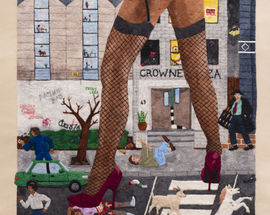
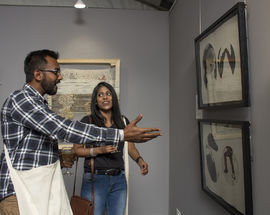
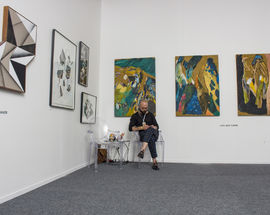


Comments